Papacy and fear of the Turks. Ottoman expansion as a mobilizing and dynamizing factor in early modern Europe
Dr. Kerstin Weiand
The confrontation between European powers and the Ottoman Empire is undoubtedly a key conflict of the era, which occupied a special position in the perception of contemporaries. This is due to the duration and vehemence of this conflict, which lasted from the 15th century to the 19th century with different cycles. Above all, however, it is linked to its interpretation as an existential struggle for survival of Christian Europe against an Islamic Orient. In current research, studies on the Ottoman Empire are booming. Despite this attention, the question of what effects this permanent crisis had on the self-image and values of the political actors and on the resulting imperatives for action has so far received little attention. How did normative structures change under the impression of a perceived existential threat?
This question is at the heart of the project, which focuses on the Roman papacy. Here, the protection of Christendom against the Ottomans was at times elevated to the status of a guiding norm. It took on a new quality in the 15th century in the context of Ottoman expansion and the conquest of Constantinople and finally became an integral part of the representation of the papacy in the 16th century. This model was thus integrated into a network of heterogeneous normative reference systems that shaped papal policy. These normative reference systems differed from one another in terms of their world reference and political framework of thought. They were based on different narratives of validity and had different linguistic codes in which their normative claims were condensed.
The basic questions of the project, which is located in Research Field 2 “The Dynamics of Normative Orders: Upheaval, Change, Continuity’: How did the interrelationship of different normative claims, self-interpretations and imperatives for action take shape in the context of Ottoman expansion? How did normative orders change under the primacy of the Ottoman defense? The project takes a long-term perspective from 1458 to 1700, highlighting shifts and mutual influences of the different normative reference systems and the resulting political logics of action. The length of the period under investigation makes it possible to highlight continuities and ruptures as well as different conjunctures.
Previous studies on papal diplomacy and the material and immaterial representations of the papacy demonstrate the productive and creative impact of this normative claim. Productive insofar as it had an action-generating effect, creative insofar as completely new frameworks of thought were designed, which were also accompanied by a transformation of existing political norms. Ottoman expansion should not be seen as an external development factor, but rather as an impetus that guided internal reinterpretation processes. The conflict with the Ottoman Empire obviously brought about a dynamization of the political scope for action as well as the horizon of norms.

